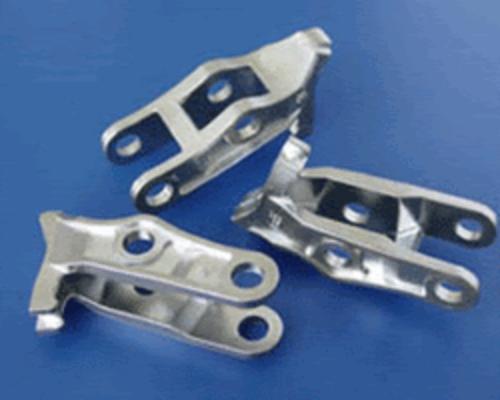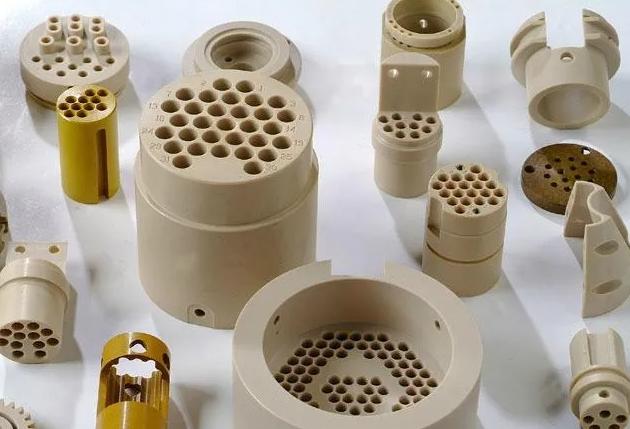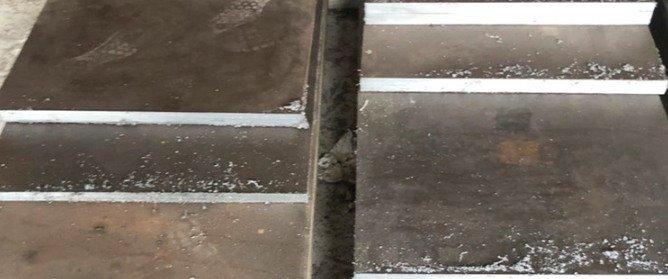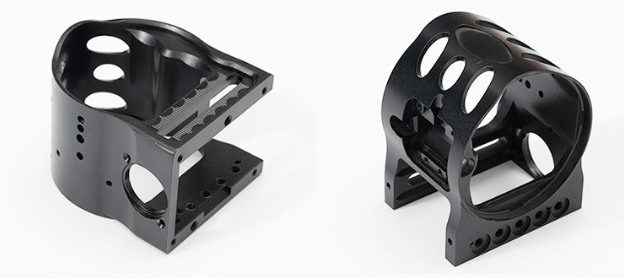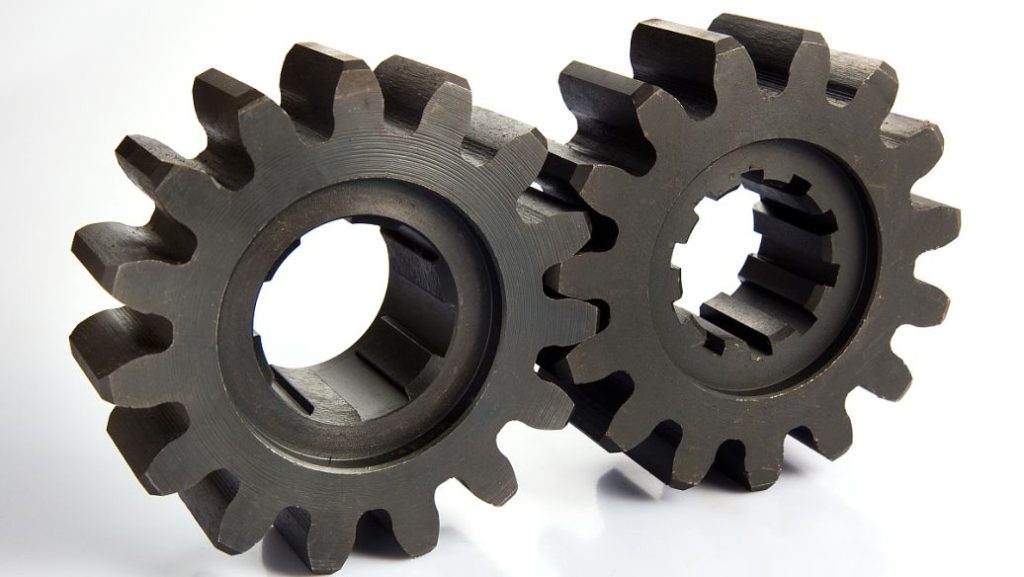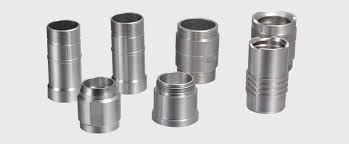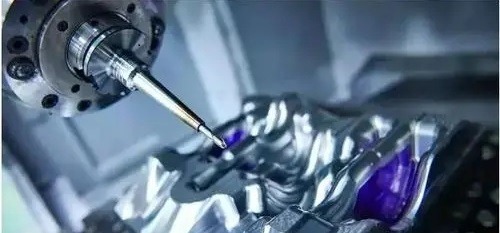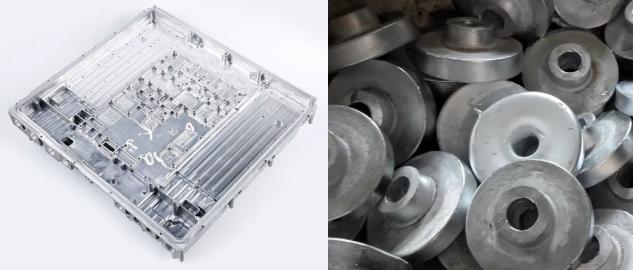Molds are the backbone of many manufacturing processes, shaping plastic, metal, and other materials into desired forms. Traditionally, mold making relied heavily on skilled craftspeople. However, Computer Numerical Control (CNC) technology has revolutionized the field, offering unparalleled precision, efficiency, and design flexibility. This article explores the various CNC techniques used in modern mold making.

What is CNC in Mold Making?
CNC stands for Computer Numerical Control. In mold making, it refers to using computer-controlled machines to design and manufacture molds. This involves two key elements:
Computer-Aided Design (CAD): 3D modeling software allows engineers to design molds with intricate details and tight tolerances.
Computer-Aided Manufacturing (CAM): This software translates the CAD design into a set of instructions for the CNC machine, controlling its movements and toolpaths to create the physical mold.
CNC Techniques for Mold Design
In mold making, the design phase is crucial as it sets the foundation for the entire manufacturing process. CNC techniques for mold design incorporate advanced software tools and methodologies to ensure precision, efficiency, and the highest quality standards. Here are the key CNC techniques employed in mold design:
1. CAD/CAM Software Integration
Computer-Aided Design (CAD) and Computer-Aided Manufacturing (CAM) are the cornerstones of modern mold design:
- CAD Software: Designers use CAD software to create detailed 3D models of the mold. This software allows for precise control over dimensions and geometries, facilitating the creation of complex shapes and intricate details.
- CAM Software: Once the CAD model is finalized, it is imported into CAM software, which generates the necessary toolpaths for the CNC machine. CAM software converts the 3D model into machine-readable instructions, specifying the cutting paths, speeds, and tool types required for production.

2. Simulation and Analysis
Before actual machining begins, simulation and analysis are conducted to optimize the design and manufacturing process:
- Machining Simulation: CAM software often includes simulation features that allow designers to visualize the machining process. This helps in identifying potential issues such as tool collisions, material removal rates, and machining sequences. By simulating the process, designers can make necessary adjustments to ensure smooth and error-free production.
- Finite Element Analysis (FEA): FEA is used to predict and analyze the physical behavior of the mold under various conditions. This includes stress analysis, thermal analysis, and deformation prediction. By understanding how the mold will perform in real-world conditions, designers can make informed decisions to enhance durability and performance.
3. Reverse Engineering
In some cases, existing molds or parts need to be reproduced or improved. Reverse engineering techniques are employed for this purpose:
- 3D Scanning: Advanced 3D scanning technologies capture the precise dimensions and features of an existing mold or part. This data is then imported into CAD software to create an accurate digital model.
- Model Reconstruction: The scanned data is processed and refined to develop a detailed 3D model, which can be modified and optimized as needed. This technique is particularly useful for creating molds based on legacy parts or for improving existing designs.
4. Parametric and Feature-Based Design
Modern CAD software allows for parametric and feature-based design approaches:
- Parametric Design: In parametric design, the mold geometry is defined by parameters and relationships between them. This allows for easy adjustments and modifications. For example, changing a single dimension can automatically update related features, ensuring consistency and saving time.
- Feature-Based Design: This approach involves designing molds using predefined features such as holes, slots, and pockets. These features can be easily modified and reused, streamlining the design process and enhancing efficiency.
5. Knowledge-Based Engineering (KBE)
KBE integrates engineering knowledge and best practices into the design process:
- Design Rules and Guidelines: KBE systems incorporate design rules and guidelines specific to mold making. These rules help ensure that designs are manufacturable and meet quality standards.
- Automated Decision Making: KBE systems can automate certain design decisions based on predefined criteria. For example, selecting appropriate materials, optimizing toolpaths, and ensuring proper draft angles can be automated, reducing the risk of errors and speeding up the design process.
6. Collaboration and Cloud-Based Design
With the advent of cloud computing, collaborative design has become more accessible:
- Cloud-Based CAD/CAM: Cloud-based platforms allow multiple designers and engineers to work on the same project simultaneously, regardless of their physical location. This facilitates collaboration, enhances communication, and accelerates the design process.
- Version Control and Data Management: Cloud-based systems also offer robust version control and data management capabilities, ensuring that all stakeholders are working with the most up-to-date information and reducing the risk of errors.
By integrating these CNC techniques into the mold design process, manufacturers can achieve higher precision, efficiency, and quality in their mold making operations. These advanced methodologies not only streamline the design phase but also lay the groundwork for successful CNC machining and production.
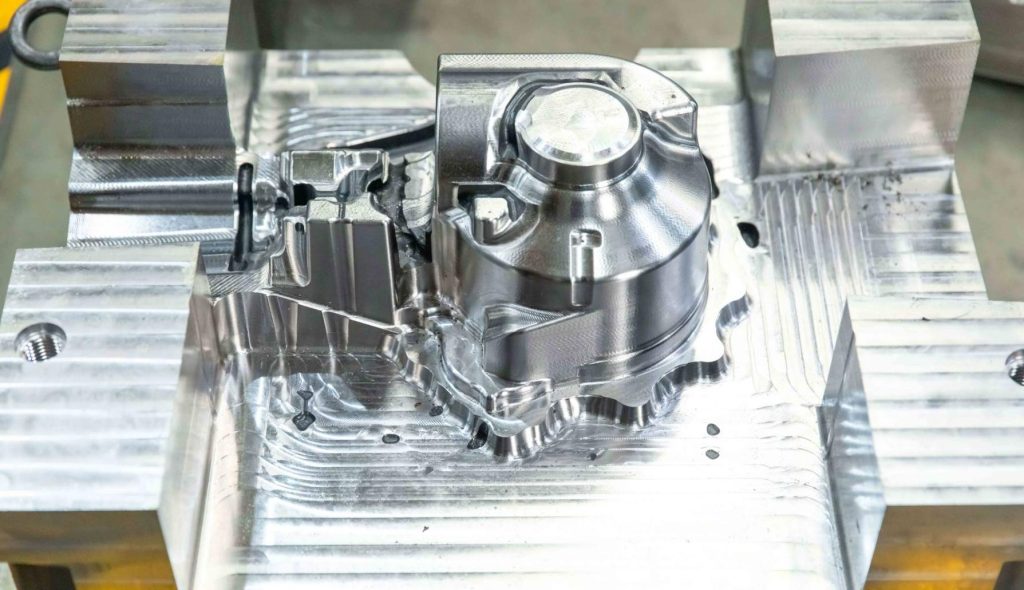
CNC Machining in Mold Making
CNC machining is a critical component in the mold-making process, transforming raw materials into precisely shaped molds used in various industries. Here, we explore the primary CNC machining techniques employed in mold making, each contributing to the precision, efficiency, and quality of the final product.
Primary CNC Machining Techniques:
1. CNC Milling
CNC Milling is one of the most versatile and widely used techniques in mold making. It involves using rotary cutting tools to remove material from a workpiece, following paths programmed into the CNC machine.
- 3-Axis Milling: In 3-axis milling, the cutting tool moves along the X, Y, and Z axes. This technique is suitable for producing relatively simple molds with straightforward geometries.
2. CNC Turning
CNC Turning is employed when the mold design includes cylindrical features. In this process, the workpiece rotates while a stationary cutting tool shapes it.
- Lathe Operations: CNC lathes are used to create symmetrical parts by removing material from the outer diameter of the workpiece. This method is ideal for producing round molds or components with circular cross-sections.
- Live Tooling: Some CNC lathes are equipped with live tooling capabilities, allowing for additional milling operations while the workpiece is held in place. This combination of turning and milling enhances the versatility and efficiency of the machining process.
3. Electrical Discharge Machining (EDM)
Electrical Discharge Machining (EDM) is a specialized CNC technique used for hard materials and complex geometries that are challenging to machine with traditional cutting methods.
- Sinker EDM: In sinker EDM, an electrode shaped like the desired mold cavity is submerged in a dielectric fluid, and electrical discharges erode the workpiece to create the mold. This method is particularly effective for producing intricate details and sharp corners.
- Wire EDM: Wire EDM uses a thin, electrically charged wire to cut through the workpiece. This technique is ideal for creating complex contours and fine features, as it provides exceptional precision and control.
4. CNC Grinding
CNC Grinding is used for achieving high surface finishes and tight tolerances in mold making. Grinding involves the use of an abrasive wheel to remove material from the workpiece.
- Surface Grinding: This technique is used to create flat surfaces with a high degree of smoothness. It is often employed in the final stages of mold making to refine and polish the mold surface.
- Cylindrical Grinding: Cylindrical grinding is used to produce precise round shapes and finishes on cylindrical parts. This method is essential for ensuring the dimensional accuracy and surface quality of molds with round features.
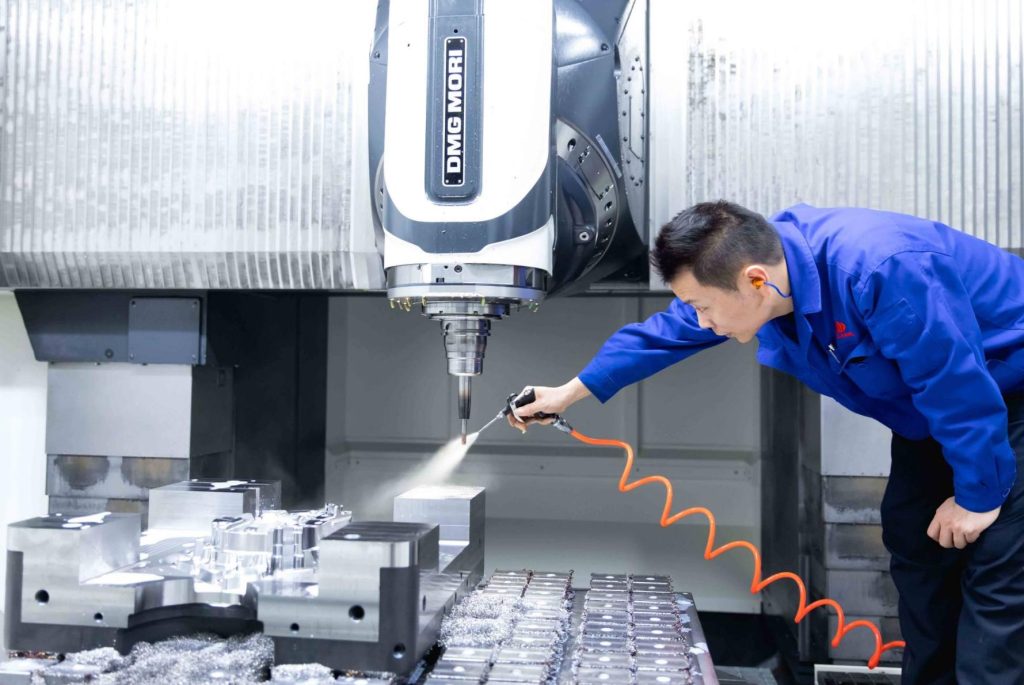
Advanced CNC Techniques in Mold Making
5. 5-Axis Machining
Unlike traditional 3-axis machines, 5-axis CNC machines can move the cutting tool or the part in five different axes simultaneously. This capability allows for the creation of highly complex and precise mold shapes, reducing the need for multiple setups and manual adjustments.
6. High-Speed Machining (HSM)
High-Speed Machining (HSM) involves the use of CNC machines that operate at significantly higher spindle speeds and feed rates compared to conventional machining.
- Improved Efficiency: HSM reduces cycle times and increases productivity by removing material more quickly. This technique is particularly beneficial for machining intricate mold geometries and achieving fine surface finishes.
- Enhanced Precision: High-speed machining minimizes thermal distortion and tool wear, resulting in more accurate and consistent mold dimensions.
7. Micromachining
Micromachining techniques are employed when molds require extremely fine details and high precision.
- Small Tools and High Precision: Micromachining uses tiny cutting tools and operates at very high speeds to achieve precise micro-features. This technique is essential for molds used in microelectronics, medical devices, and other applications requiring miniature components.
8. Hybrid Machining
Hybrid Machining combines additive and subtractive processes, leveraging the strengths of both methods.
- Additive Manufacturing: CNC machines equipped with additive manufacturing capabilities can build up material layer by layer, creating complex shapes and structures that would be difficult to achieve with subtractive methods alone.
- Subtractive Refinement: After the initial additive process, CNC milling or grinding can be used to refine the mold, ensuring tight tolerances and high surface quality. This hybrid approach offers greater flexibility and efficiency in mold making.
CNC machining techniques play a vital role in the mold-making industry, providing the precision, versatility, and efficiency needed to produce high-quality molds. From traditional milling and turning to advanced EDM, grinding, and micromachining, each technique has its unique applications and benefits. By leveraging these diverse CNC methods, manufacturers can create molds that meet the exacting standards required in today’s competitive market. JTR Machinery can providing you reliable CNC mold making services, feel free to contact them when you need.


